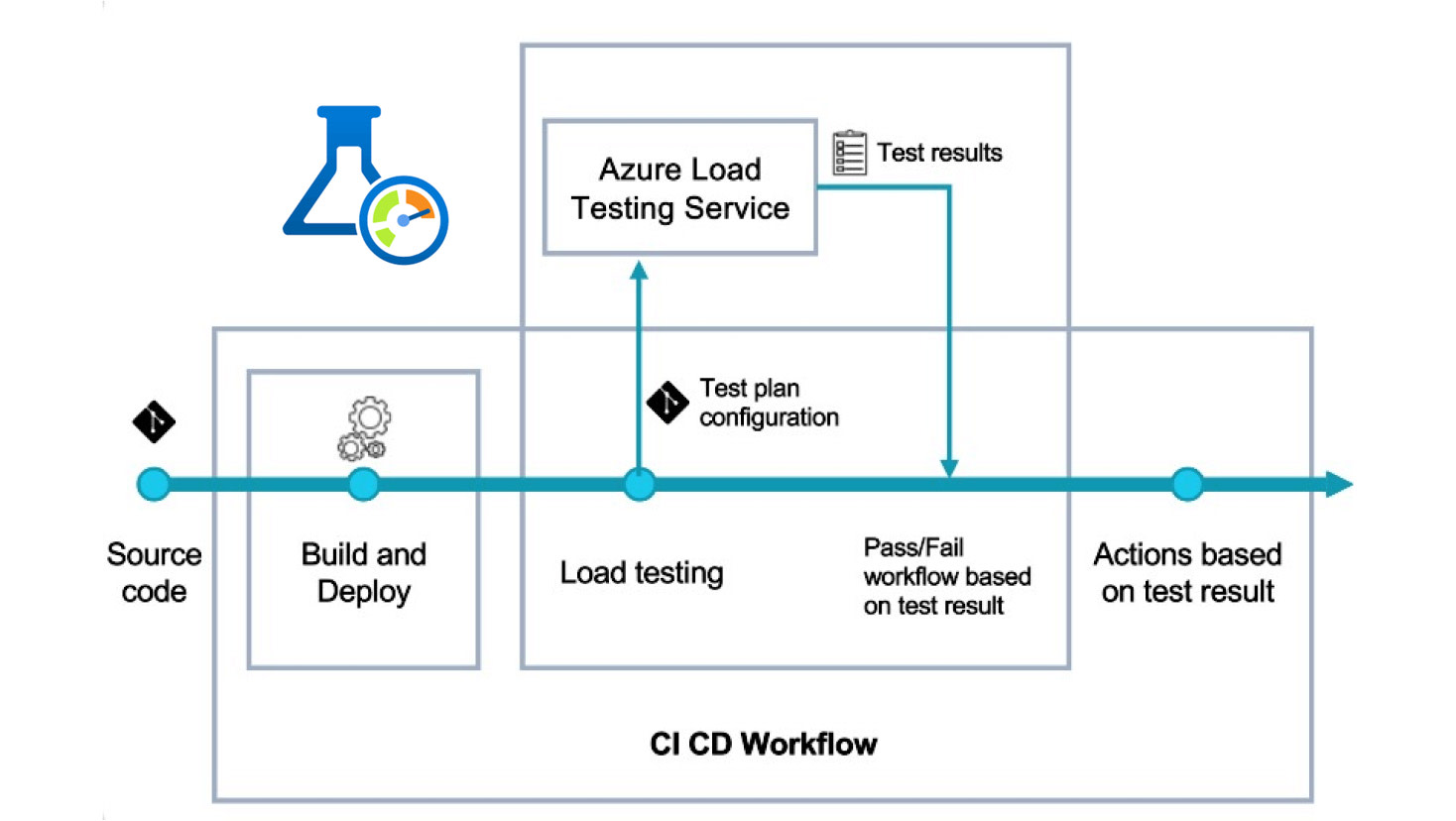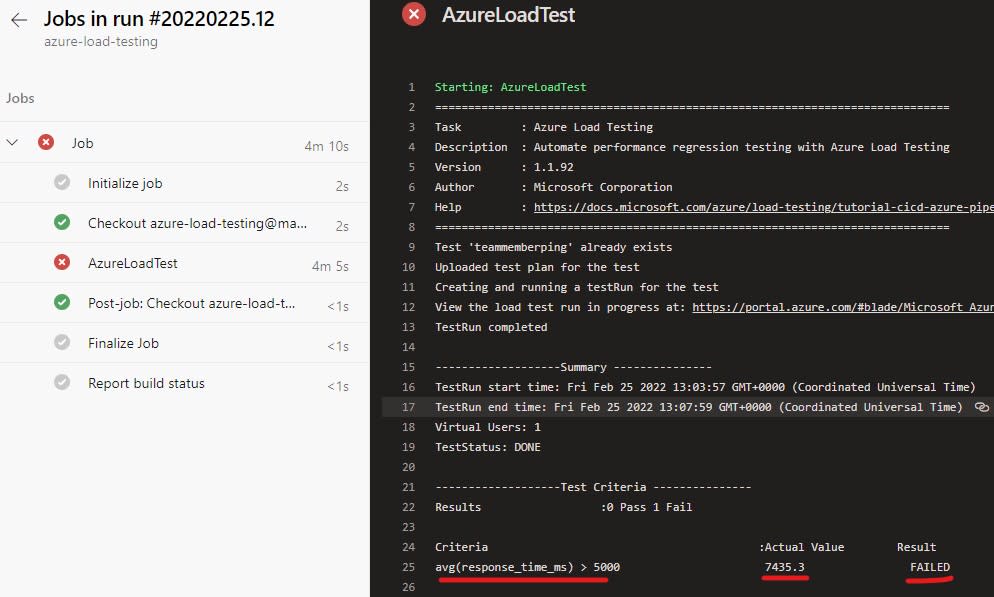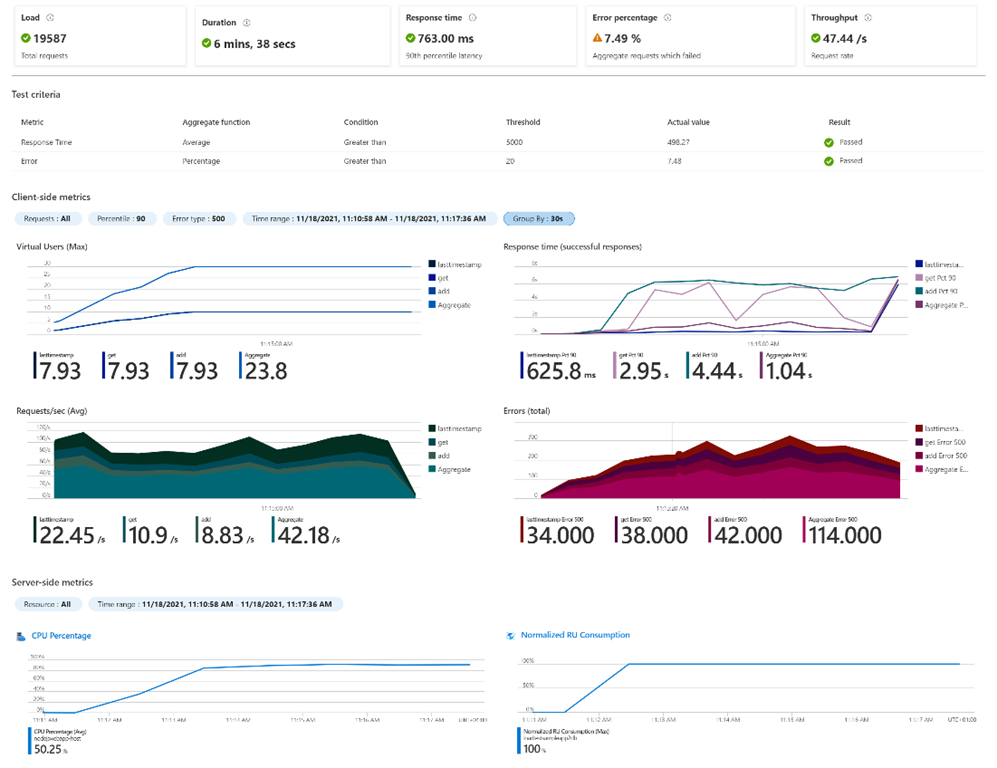We at cVation are curious about what the feature offers today, so we used a hackathon to experiment with the service. This blog describes what we learned and what's on our wish list for future expansions.
Motivation - Ongoing load test, as part of DevOps
The obvious motivation for testing performance is, of course, to ensure that a solution performs under a realistic user load. Most people have probably tried to performance test a solution before going live, only to experience that continuous expansions and changes after going live impair the performance. Azure Load testing helps avoid this, as it is built not onlyto run load testing once, but as a natural and automatic part of a pipeline in Azure DevOps and GitHub Actions. This ensures that you are able todetect which code commits degradinge performance, making it much easier to identify and correct the problem.




